I have been reading this book—A Process Model—again and again, for almost a decade now. With colleagues, and in small groups. Each time, just a page or two. A book of more than two hundred pages. You can do the math… it takes years to complete a single reading. And once we finish, we begin again.
What is it about this book? What is its secret? I will try to capture a little of that here.
What is A Process Model about?
Professor Eugene Gendlin proposes a different model for understanding life. At its core, he addresses “the riddle of life.”
What is life? What is the essence of the life process? How does the process of life evolve—from creatures without perception (plants), to beings with developed consciousness, thought, language (human beings), and even the capacity for focusing?
Gendlin’s model is unique. Unlike the conventional model, which describes life’s processes from the perspective of an observer outside of them, Gendlin develops his model from within life itself. Science generally works from the conventional model: it observes, studies, and analyzes from the outside. This is often called a “third-person perspective.” But Gendlin invites the reader to approach life’s processes from the “first-person perspective”: that of the living, experiencing body.
A Glimpse through a Plant
Take, for example, the growth of a plant.
From the “third-person” perspective, growth is described from the point of view of an observer, observing the plant from the outside:
“In the first week after planting, no change was visible. On the seventh day, the seedling emerged, growing at half a centimeter per day. By the twelfth day, the first leaf opened, while the plant reached three centimeters in height…”
In contrast, let’s describe growth from the plant’s own point of view. Imagine yourself as the seed, experiencing its unfolding:
“The dark, damp soil surrounds me on all sides. There is a pressing urge to push upward, to break through. At last, the meeting with sunlight and open air takes place, and the longing to grow taller intensifies…”
Of course, the plant has no consciousness and feeling as described here. This is only a demonstration. Yet it helps highlight the difference between the two approaches.

Beyond the Conventional Model
In relation to human beings, the conventional model—observing life from the outside—fails to capture inner experience. It cannot truly describe essential aspects in human life such as meaning and consciousness.
According to Gendlin, such a model produces a description of human that make them “impossible.”
What does “impossible” mean? Consider your own experience of meaning—something important to you, stirring, vital. No doubt, the experience of meaning is an important aspect in human beings’ life processes. How does the conventional model explain this? At best, it points to brain scans, to neurons firing in response to stimuli. But these are external descriptions that are hardly related to the experience of meaning and its contents.
As Gendlin writes in A Process Model:
“Since we humans are here, we can be certain that we are not impossible.
A conceptual model of ‘reality’ that makes us seem impossible has to have something wrong with it.
Human meanings and symbols seem impossible in the spectator’s space and time within which we have been taught to think about anything.
Therefore, currently, the human world seems to float disconnectedly; human meanings seem added on to a ‘reality’ that makes us seem unreal.”
His model, instead, seeks to generate concepts that arise from the experience of the living body—including our own. Experience of meaning is described and conceptualized already in the first few chapters of the book.
An Experience of Felt Understanding
Reading A Process Model is not easy. To approach Gendlin’s ideas purely cognitively can be frustrating. Instead, we strive to reach a feeling of understanding.
What does that mean?
Let’s say that we try to understand something. When we don’t understand, it troubles us. We seek help. Someone explains—but the words don’t land. Our eyes glaze over. We may nod, but we’re not satisfied – the hunger for meaning remains. Then, perhaps with another example, something clicks. The puzzle piece fits. The “inner bell” rings. Suddenly, we don’t need further explanation. We know. And this knowing is bodily, not merely mental. The body feels the feeling of understanding.
This is the kind of understanding Gendlin calls us toward: not just intellectual, but lived and embodied. His ideas can be grasped only when we let them be felt.
Reading A Process Model
This is a work of philosophy. It is demanding, systematic, and conceptual. One concept builds upon another, layer upon layer.
The experience of reading it is akin to deciphering a secret code. Beneath each sentence, another depth emerges. Gradually, with patience, guidance, and often in a group, pieces of this deep ocean appear.
The challenge is not only linguistic. Gendlin is creating a new paradigm—a fresh way to look at life, meaning, and experience. To think within a new paradigm takes time. Old patterns pull us back again and again.
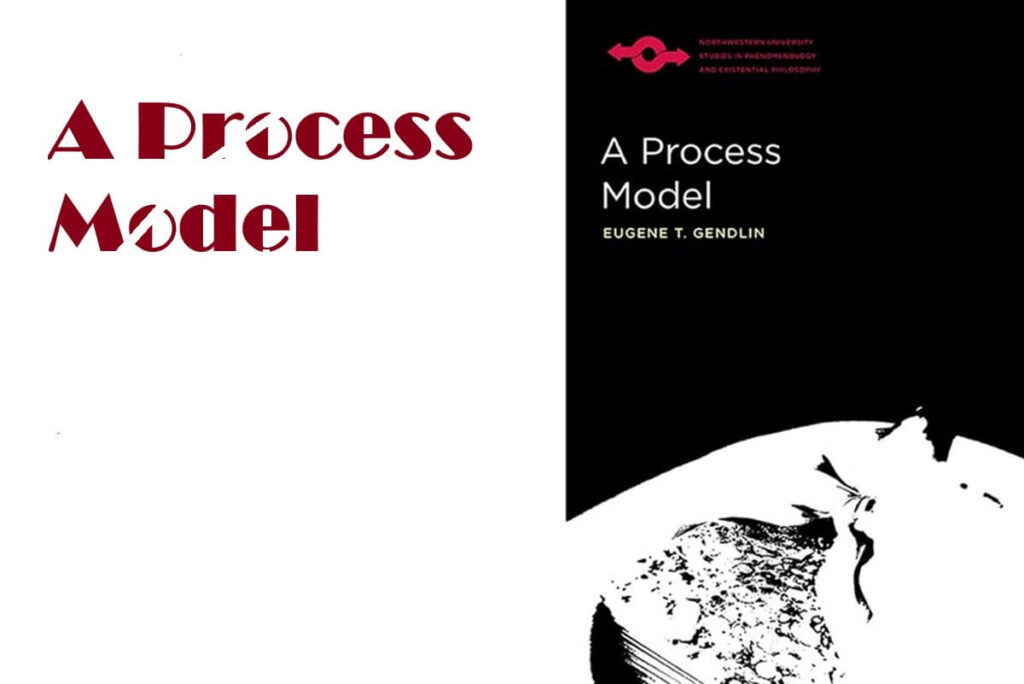
Reading Groups
Reading Gendlin works best in company.
In our groups, one participant reads aloud—just a paragraph or two. Then we pause. Together we sense and explore: What did we hear? What resonated? What was unclear? Where do we need an example? Slowly, new insights emerge, grounded in lived experience.
When a felt understanding arises—enough to continue—we read another passage. A page or two may take the entire session.
Often, I prepare a supporting text, drawing out examples to make the ideas more accessible. We review it briefly, and participants can read it again between meetings, alongside the original text.
My Journey
I first encountered the book in 2015, in a learning group led by Dana Ganihar and Dan Schachter. Encountering the text was a turning point in my life. Since then, I have returned to this book again and again, alone, with partners, and in small groups of fellow members.
Recently, I read the book again in a group led by Dr. Rob Parker, who himself studied one-on-one with Gendlin for years.
And so, each reading is another journey that opens new paths of understanding life —deeper and wider.
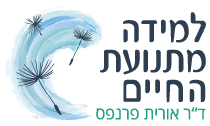


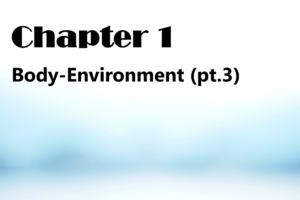
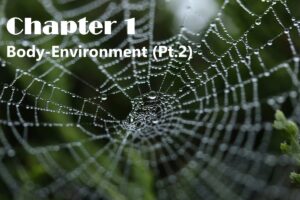
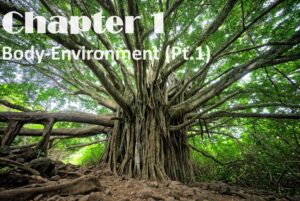

I'd love to read what you thought: